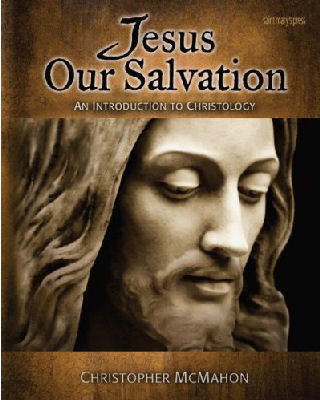
|
Posted December 6, 2007
Book: Jesus Our Salvation: An Introduction to Christology Author: Christopher McMahon St. Mary’s Press. Christian Brothers. Winona, MN. 2007. Pp. 268 An Excerpt from the Jacket:
The text is written in an engaging style and is enhanced by pedagogical elements that make the complex material accessible to the student reader. Jesus Our Salvation is both sensitive to the challenges of contemporary Christology and well grounded in Catholic identity. The book maintains a positive, though critical, dialogue with many voices in the Christian tradition, including those of the classical tradition, historical Jesus research, the evangelical tradition, and contemporary theological thought. It addresses important issues of today such as Christology’s capacity to promote social transformation and the questions that are raised about Jesus from the perspective of religious pluralism. An Excerpt from the Book: Pope John Paul II Pope John Paul II (1920-2005), or Karol Jozef Wojtyla as he was called before becoming pope in 1978, was born in the Polish town of Wadowice. In his youth he was fortunate to be part of a community made up of both Jews and Christians. In fact, one of his best friends from childhood and throughout his life was a Jew named Jerzy Kluger. Karol Jozef Wojtyla witnessed firsthand the impact of Christian anti-Semitism as many Poles turned on their neighbors and cooperated in Hitler’s barbaric “final solution.” When he became pope he tirelessly devoted himself to the issue of interreligious dialogue. He encouraged dialogue with the representatives of non-Christian religions, particularly in several prayer meetings at Assisi. His care and concern for the Jewish people and for Jewish-Christian relations drew particular attention. He was the first pope since the first century to visit a synagogue; he prayed for the Jewish people at the Wailing Wall in Jerusalem; and he approved the letter that recognized and expressed contrition for the role Christians played in the Holocaust. Perhaps most importantly, in 1982 he approved revolutionary guidelines for implementing Nostra aetate, Vatican II’s declaration on non-Christian religions, which affirmed the continuing validity of Israel’s call and covenant without neglecting the universal salvific mission of Christ. Table of Contents: 1. The story of quest(s) 2. A tentative historical portrait of Jesus 3. The Resurrection 4. New Testament Christologies 5. The development of classical Christology 6. The work of Christ 7. Christology and social transformation 8. Jesus and other religions |
|
